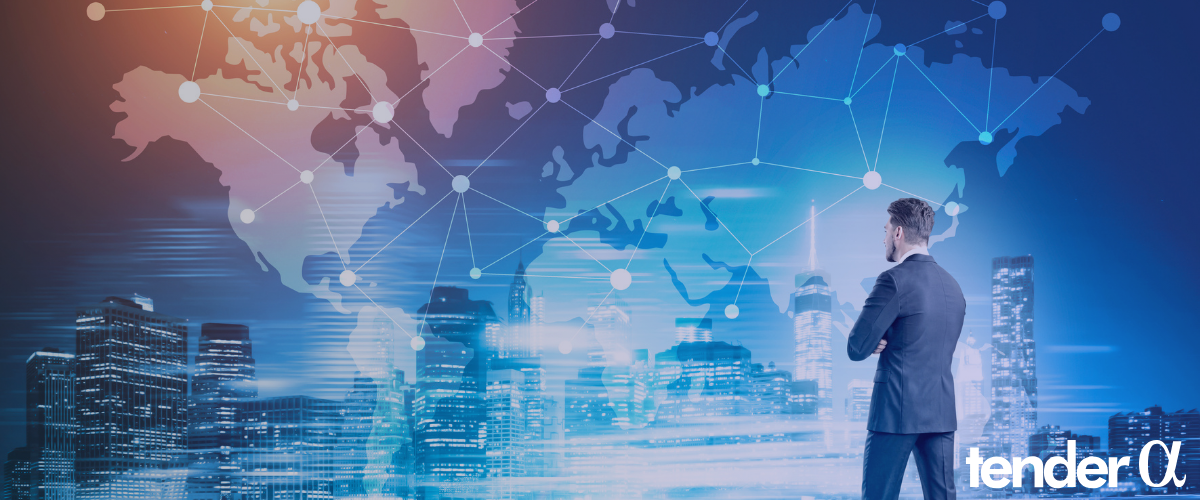5 Ways Governments and NGOs Can Use Government Supply Chain Data
Achieving greater efficiency is an ongoing aim for governments. It is also a key consideration for NGOs when they assess government institutions’ performance and form their proposals and causes.
Supply chain data is an increasingly sought-after resource for understanding the movement of goods and services on a country and company level.
It enables the drawing of actionable conclusions to detect risks and identify trends, which can impact and alter national and international policies and strategic targets.
For example, analyzing supply chain data can reveal vulnerabilities in a country's critical infrastructure, helping governments strengthen security measures.
It can also uncover global supply chain disruptions, prompting policy adjustments to enhance resilience in the face of unexpected challenges, such as pandemics or geopolitical conflicts.
In this article, we will discuss 5 use cases of government supply chain data for government and NGO users.
Geopolitical Risk Detection
Highlighting supply chain weak spots could be important from a strategic geopolitical risk analysis standpoint and national security protection.
In times of heightened tensions between global powers in different regions of the world, it is vital to remain knowledgeable about the composition of their supply chain networks, enabling experts to make informed forecasts regarding their strategic intentions and whether they present any security risks.
Leveraging supply chain data is essential for comprehending interdependencies and enhancing national security through the protection of vital supply chains. This information can be employed to oversee the supply chain networks of nations with varying geopolitical objectives, facilitating insight into their strategic preferences and potentially allowing for informed actions based on this awareness.
Policy Formulation and Validation
TenderAlpha’s latest product - the Global Government Supply Chain Data Feed - provides users with timely supply chain relationships data, which can be analyzed to extract intelligence that informs future policies and/or validates policy proposals.
The insights extracted from the data can also be leveraged to discover more cost-effective practices in the procurement process, increase savings, and gain better knowledge of the government’s needs in various sectors.
Corruption and Procurement Irregularities Alert
Government supply chain data bolsters transparency and accountability, thus helping to strengthen public trust in institutions.
Using this data enables you to zoom in on the companies that supply government institutions by going down to the 4th tier of the supply chain.
This can shed light on interesting and potentially suspicious connections between government agencies and certain companies, which may need to be investigated further.
Having said that, leveraging supply chain data to combat corruption and irregularities ultimately helps to enhance efficient public spending and optimize the overall public procurement process.
Environmental Impact Assessment
Creating a greener economy and reducing greenhouse gas emissions has been a longstanding target for Western countries, in particular. The in-depth analysis of supply chain networks facilitated by TenderAlpha’s data can reveal areas that need optimization with regards to their sustainability.
It allows for an evaluation of the environmental impact of the procurement process and offers real-world data to make informed choices that promote sustainability.
For example, governments can identify suppliers with more eco-friendly practices, lower carbon footprints, and sustainable sourcing methods, as well as optimize trading routes based on the customs data available in the Global Government Supply Chain Data Feed.
Efficient Resource Allocation
Once again highlighting the need for efficiency in government’s work, supply chain data is a beneficial tool to analyze the movement of goods and identify critical supply needs.
For instance, the data can help government agencies better pinpoint where resources are most urgently required during emergencies, in order to improve response time and minimize negative impacts.
The data-driven approach allows governments to keep a close eye on the trade of critical resources and act timely in case there is a disruption in the supply chain of certain goods.
Conclusion
By leveraging government supply chain data, governments can enhance efficiency, bolster national security, improve transparency, promote sustainability, and respond swiftly to emerging challenges.
At the same time, NGOs can benefit from real-world data to enrich their knowledge and use this information to support their causes, whether they are related with achieving a fairer public procurement process, enhancing environmental sustainability or proposing more efficient policies.
Do any of these use cases apply to you? Contact us today to request a free demo!
